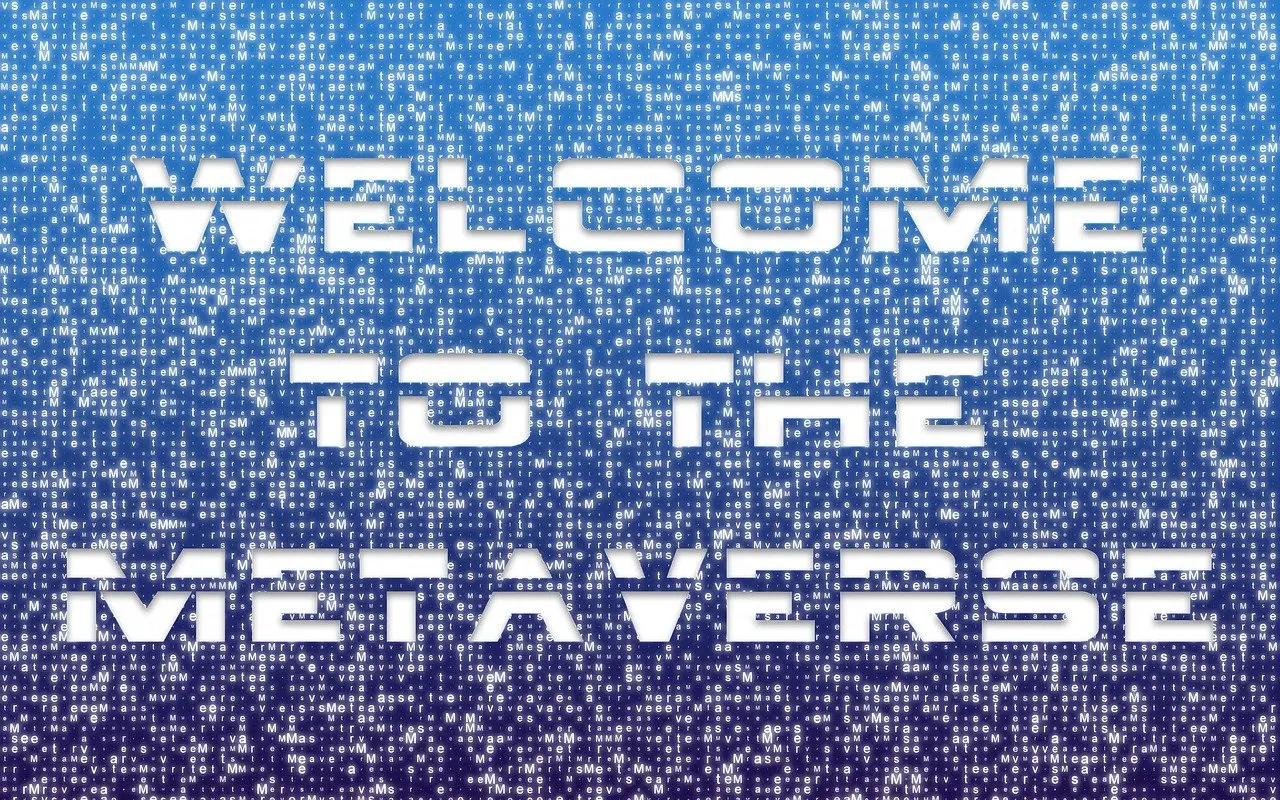When the company PTC wanted to sell a more user-friendly version of computer-aided design (CAD) software called Creo, they knew they would need more than just a sales pitch to reach a mostly flat market.
They used content marketing to position themselves as thought leaders, explaining the problems plaguing CAD users and showing how their product solved those problems. They launched a microsite to introduce their product to the world and organized an editorial calendar chock-full of content that told their story.
As a result, their microsite topped 100,000 visitors just after launch. Their growth continues, with more than 70 percent of site traffic coming from new visitors. PTC’s content marketing program proved to be an ideal way to attract, convert and retain customers because it helped to achieve these key goals:
- Expand brand awareness and credibility
- Increase customer loyalty
- Build website traffic
- Provide thought leadership
- Nurture leads and sales in a nonthreatening, helpful way
Their content helped entice customers into what is called the “lead funnel“: the journey that a potential customer takes from interested party to loyal customer. The lead funnel can be divided into four key parts:
Discovery
This is the “widest” part of the funnel that casts the largest reach. It’s a discovery phase when potential customers find your product or service through content delivered by a variety of means. PTC’s discovery phase involved the distribution of original articles, interviews and best practice guides published on their blog to help drive traffic to their microsite.
Consideration
Potential customers begin to associate you with the product or service that you offer and will be looking for examples of how your product or service performs. Once people visited their microsite, PTC capitalized on the opportunity by offering videos of product demonstrations and behind-the-scenes interviews with staff.
Conversion
Potential customers turn into actual customers after reviewing clear product or service information and hearing testimonials from people who actually use it. When site visitors were ready to convert, PTC was ready with video interviews of customers and strategic partners offering insights on their experience with Creo software.
Retention
In this phase, you continue to nurture your customers by providing high-quality customer service that inspires them to turn into company evangelists. PTC’s content marketing efforts continue to this day thanks to solid strategic planning that ensured customer-focused content would be created and strategically distributed to keep customers coming back.
Lead funnel personalities
Along their journey, potential customers will take on a number of roles before they assume the role of customer:
- Visitor. They come into contact with your company via one of your touchpoints, such as your social media presence, website, a salesperson, et cetera.
- Lead. They decide that they would like to receive information from your company or have someone from your company contact them. The information that you provide piques interest in your product or service.
- Qualified lead. Anyone who has taken the next step and asked for specifics about your product or service as part of a demonstrated interest in buying.
- Opportunity. Someone who has indicated they are willing and able to buy your product or service. As with the other stages of the funnel, your job is to continue nurturing this lead by providing the information and resources they need to make the purchase.
- Customer. Anyone who has purchased your product or service. Your job isn’t done after a sale! To keep these new customers, you must continue to engage and nurture them so they remain happy with your product or service.
How fast potential customers move through your lead funnel will depend a great deal on what you’re selling. Do you sell a moderately priced product that instantly solves a problem, such as in retail sales? Or is it a service requiring a significant upfront investment that pays off over time, such as a suite of software or services for the technology industry?
The bigger the investment, the slower customers will convert, and understandably so. If they’re investing a lot of money in your product or service, they are going to want to do as much research as possible. If you’re there to provide it to them every step of the way, your investment in quality content will eventually pay off.











